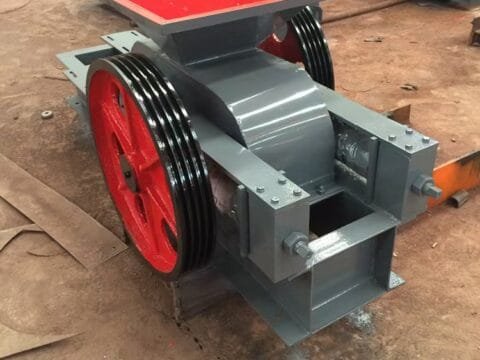
At 6:00 a.m. on the streets of the city, a set of uniquely shaped metal devices are operating at a rate of 300 kilograms of garbage per minute. These intelligent devices, equipped with pressure sensors, not only compress the volume of garbage to 1/5 of its original state, but also accurately separate recyclables through an automatic sorting system – this is exactly the technological innovation brought about by modern garbage compression equipment.
With the acceleration of global urbanization, World Bank data show that by 2050, the total amount of urban waste will surge by 70%, exceeding 3.4 billion tons. In the face of increasingly severe pressure on garbage disposal, * garbage compression equipment * is evolving from a purely mechanical device into a comprehensive solution that integrates intelligent treatment, resource recovery and environmental monitoring. Its core technology breakthroughs are reconfiguring the value system of the waste disposal industry chain.
1, the physical logic of the spatial revolution
Traditional landfills occupy an average of 0.5 cubic meters per ton of waste, while modern equipment equipped with a three-stage compression system can increase the volume compression rate to 85%. Through the synergy of the hydraulic system and the wear-resistant alloy press head, the equipment can maintain a stable output under the ambient temperature of -30℃ to 60℃. The data of a demonstration project in Beijing shows that: after adopting the double-axis crushing + screw compression technology, the processing capacity of a single day is increased by 3 times, the transportation frequency is reduced by 60%, and the fuel cost is directly saved about 250,000 yuan/month.
2, the ecological value of the intelligent system
The new generation of equipment is equipped with the AI visual recognition module, which can analyze the composition of garbage in real time and dynamically adjust the processing mode. When glass products are detected, it automatically switches to the flexible compression mode, and when metal substances are encountered, it immediately starts magnetic separation. Practice cases in Suzhou Industrial Park show that this intelligent sorting has increased the purity of recyclables from 68% to 92%, and reduced the processing cost of recycled plastics by 40%. The integration of Internet of Things (IoT) technology has built up a closed-loop data chain of “processing – transportation – recycling”, which enables the accuracy of waste calorific value prediction to reach ±5% error range.
3. Paradigm shift in economic modeling
The evolution of waste compaction equipment is rewriting the economic equation of environmental management. The popularization of modular design has shortened the equipment payback period from 5 years to 2.8 years, and remote diagnostic systems have reduced operation and maintenance costs by more than 30%. At a waste transfer station in Guangzhou, solar-powered compression equipment achieves zero-energy daytime operation, and combined with a biogas power generation system, generates an additional 800,000 RMB worth of energy revenue annually. This shift from “cost center” to “value center” is attracting more social capital into the field of environmental protection.
Monitoring reports from 40 smart cities around the world show that the configuration of intelligent compression systems in the region, waste leachate pollution index decreased by 72%, PM2.5 emissions decreased by 54%. When the vertical compression station in Hanover, Germany, is seamlessly connected to the underground pipeline network, and when the mobile compression truck in Dubai shuttles between skyscrapers, these technological iterations are redefining the carrying capacity of urban environments. The newly developed plasma gasification technology has increased the efficiency of organic waste treatment to 17 times that of traditional methods, heralding a new era of waste treatment from volume compression to molecular reconstruction.



